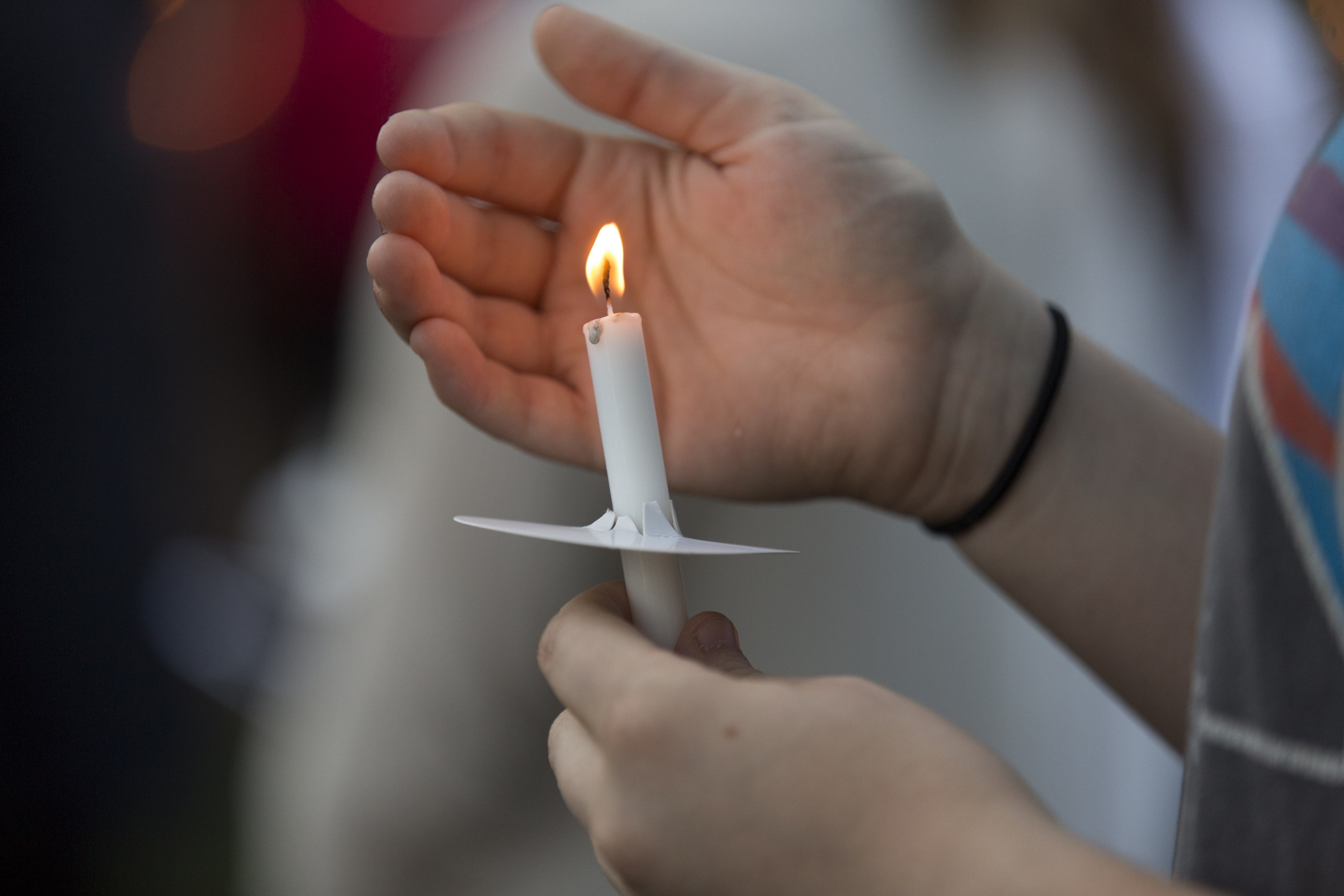

If the service is going to be held outside during a cold month, you may want to bring provisions in case your guests get cold. For their comfort, having water available will be much appreciated.īlankets, hand warmers, or wraps.

During that time, people may become thirsty. Candlelight memorial services can last anywhere from an hour or more. As a courtesy to your guests, you may want to provide water bottles in case someone gets thirsty. But having extra matches on hand won’t hurt.īottles of water available. Most people will be able to light their candles from the flame of the person standing next to them. Be sure to bring plenty of matches and lighters to light the candles with. They can be relatively inexpensive and purchased in bulk ahead of time to have on hand for your guests. Candle drip protectors come in a variety of styles and materials. You and your guests will need something to hold your candles in to prevent the wax from dripping. However, it’s a good idea to have extra on hand in case a guest forgets to bring one with them.Ĭandle drip protectors. You can also ask guests to bring their own if you want to save money. Order candles in bulk ahead of time to prepare for the ceremony. Any kind of candle will do, but generally plain white candles are most used for vigils.

Every guest will need a candle to participate in the candlelight memorial and pay their respects. So, all of us, on this International AIDS Candlelight Memorial Day join together and say, for the sake of all those who have gone before, we can end HIV and AIDS together.Candles. Lastly, to all those living with HIV I acknowledge you, your courage, and I give you my support. But we need to support them in ensuring better access to HIV services including the life-saving antiretroviral medications. It brings back their dignity and self-worth. The science behind U=U, which means undetectable is equal to untransmittable, gives hope to those who are diagnosed with HIV. It also reminds that we can live beyond HIV. This commemoration does not intend to remember only those who have died from AIDS. Today is the time that we take our actions together and bring to greater heights. We also learned that innovative approaches in delivery of HIV services such as multi-month dispensing, telemedicine and use of courier services in the delivery of services can be sustained even after the COVID crisis as part of the new normal. Several groups of people living with HIV rally together to ensure that ARV refill would not be interrupted during the community quarantine. Communities are quick to respond and are at the forefront in supporting the government in ensuring uninterrupted HIV services. The current COVID-19 crisis has taught us some good innovations. Their leadership and advocacy ensure that the response remains relevant and grounded, keeping people at the centre and leaving no one behind. Communities contribute to the AIDS response in many different ways. Lack of funding, lack of political commitment and lack of action against political, structural, social and legal barriers in many countries impact on the health and wellbeing of people living with HIV.īut we can change this, and we all need to get involved and do our part to end this epidemic. We are living in a world where the investment for the HIV response is diminishing and where more governments are rolling back on demonstrative statements and commitments on HIV and AIDS. Globally 35.4 million people have died from AIDS-related illnesses since the start of the epidemic.īehind these numbers are lives of humans unnecessarily lost, and families and friends who were left behind. In a world with advancing biomedical technology for preventing, testing and treating HIV, it is shocking that AIDS is still so prevalent in this modern age. Message from Eamonn Murphy, UNAIDS Regional Director for Asia and the Pacific


 0 kommentar(er)
0 kommentar(er)
